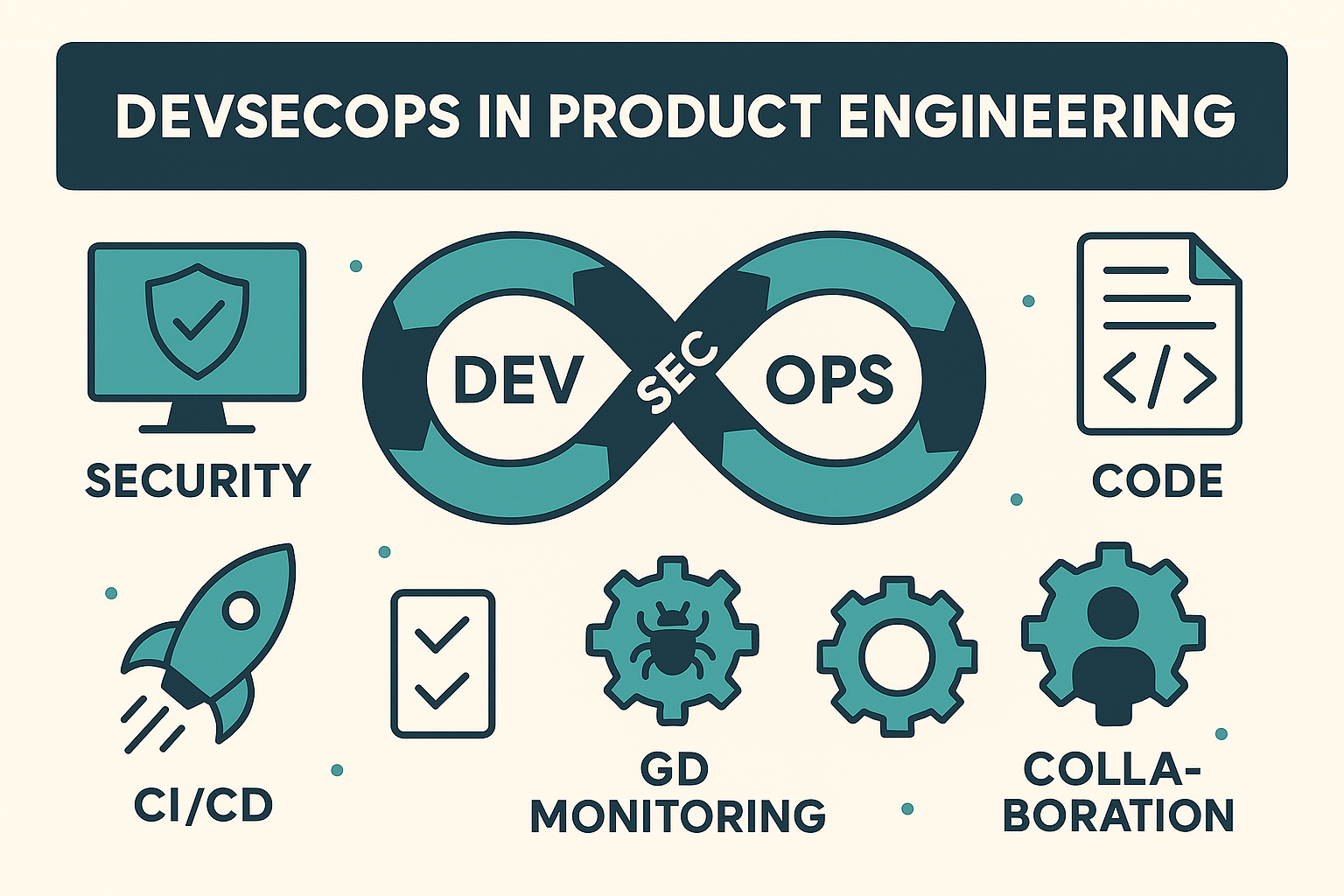As digital products grow in complexity, so do the risks. Security can no longer be an afterthought. DevSecOps brings security into the heart of product engineering—from design to deployment—without slowing down innovation.
What Is DevSecOps?
DevSecOps stands for Development, Security, and Operations. It builds on DevOps by embedding security practices directly into the software development lifecycle (SDLC). Rather than isolating security at the end, DevSecOps ensures that code is tested, secured, and monitored continuously—at every stage of the product lifecycle.
Why DevSecOps Matters
In traditional models, security checks are performed after development is complete, which often results in delays or vulnerabilities going undetected. In product engineering, where speed and agility are crucial, DevSecOps ensures that security is part of the development culture, not a roadblock.
Key benefits:
Early detection of vulnerabilities
Faster incident response
Lower cost of fixes (when bugs are caught early)
Stronger compliance with regulations (like GDPR, HIPAA)
Core Principles of DevSecOps
Shift Left Security: Move security checks early in the development cycle—integrate static code analysis, secrets scanning, and dependency checks in CI pipelines.
Automated Security Testing: Use tools like Snyk, SonarQube, or Checkmarx to catch issues automatically during code commits.
Immutable Infrastructure: Secure infrastructure using infrastructure-as-code practices—treat servers and environments as code to audit and reproduce safely.
Collaborative Culture: Break down walls between developers, security teams, and operations. Everyone is responsible for security.
Integrating DevSecOps into Product Engineering
CI/CD Integration: Embed security tools directly into Jenkins, GitLab CI, or GitHub Actions pipelines.
Secure Coding Standards: Train teams to write secure code—address common issues like SQL injection, cross-site scripting, and insecure authentication.
Real-Time Monitoring: Implement logging, anomaly detection, and alerting via tools like Datadog, Splunk, or ELK Stack.
Threat Modeling Early: Include security architects in sprint planning and architectural discussions.
Regular Pen Testing: Go beyond automation with periodic penetration testing to simulate real-world attacks.
Challenges and Solutions
Tool Overload: Too many tools can create Solution: Choose integrated platforms and customize alerts.
Skill Gaps: Developers may lack security know-how. Solution: Continuous training and accessible documentation.
Cultural Resistance: Security is often seen as “someone else’s ” Solution: Make security KPIs part of engineering goals.
Conclusion
DevSecOps is not a security layer—it’s a cultural and technical transformation. In fast-paced product engineering environments, it ensures that innovation and protection grow hand in hand. By embedding security into your workflows, teams can build resilient products without compromising on speed or quality. Ultimately, DevSecOps empowers developers to deliver not just fast code—but safe code.





